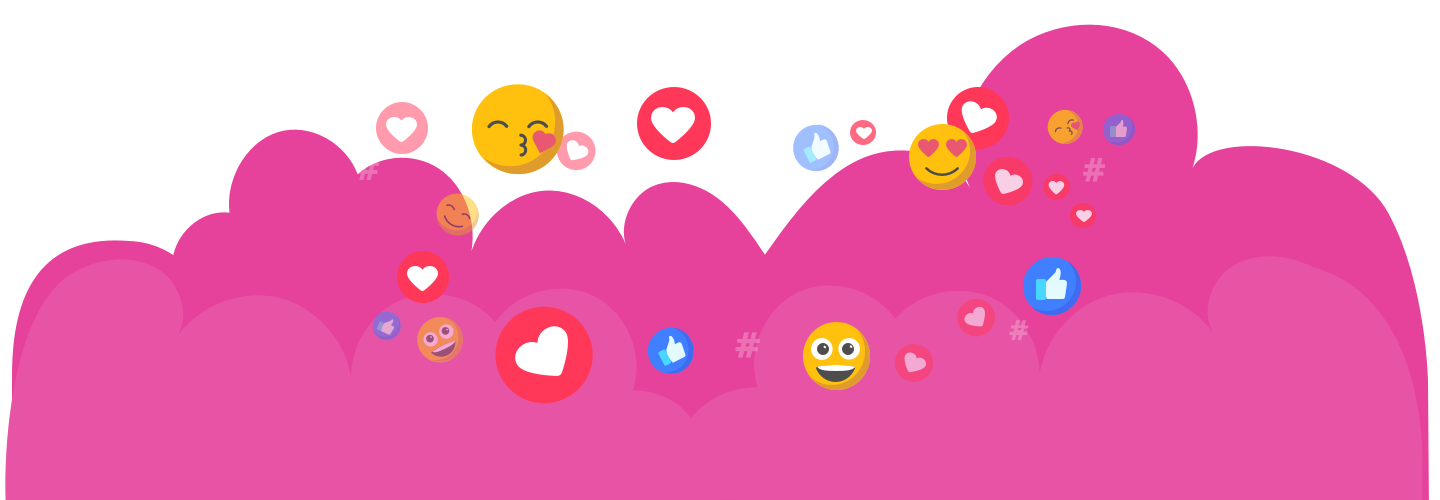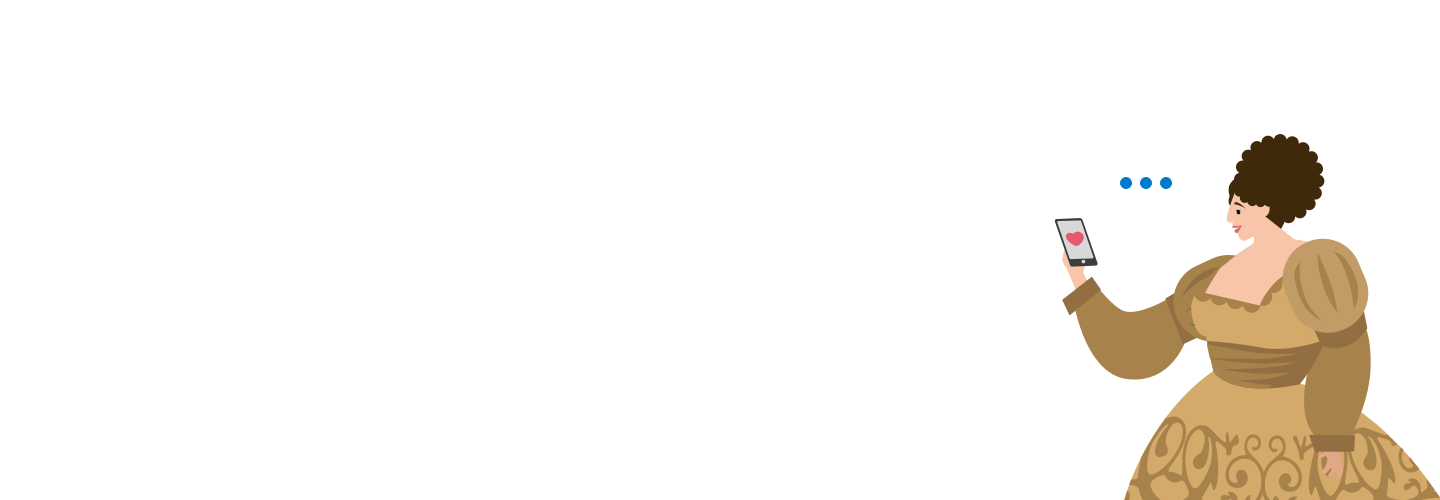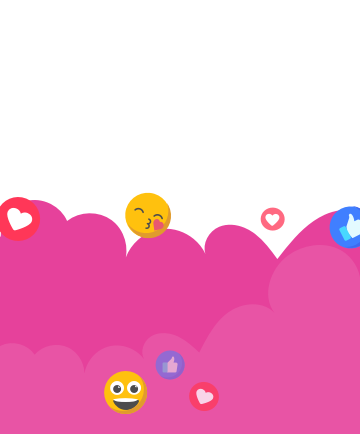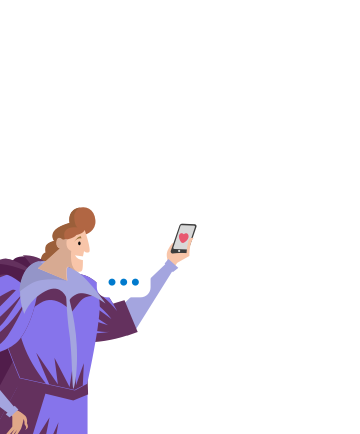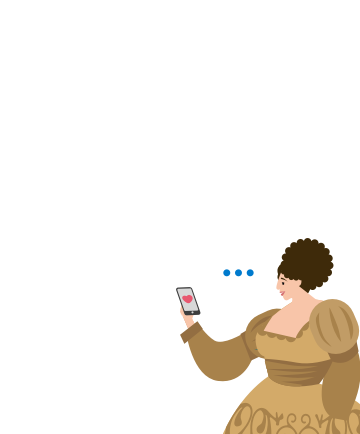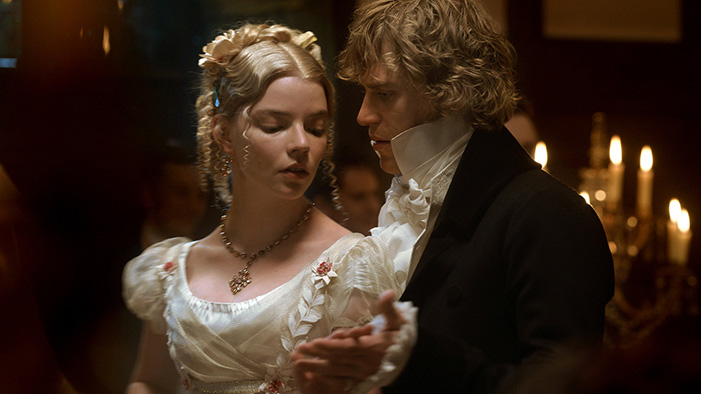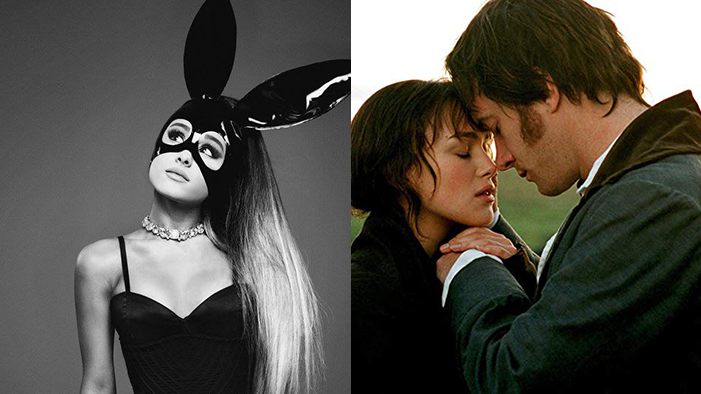Real Talk: I’m in Recovery From an Eating Disorder

It’s hard to pinpoint the exact moment when I began to eat abnormally, but the first recollection I have of starving myself is at age 17. I’d just gotten into the New School and my mom and I went to New York for a tour. That day, the only thing I ate was a salad—just lettuce and dressing on the side. But I remember back to my 9th or 10th birthday when I got the aerobics video I’d asked for and its accompanying rectangular step (“step aerobics” being big at the time). And around that time my stepmom was in fashion school and I remember being obsessed with her fashion magazines. I spent hours scrutinizing the bones all the “heroin-chic” models of that era, and can even remember now vividly an article featuring the waist size each respective powerhouse of the 90’s: Kate Moss, 23 inches; Naomi Campbell, 24.
I would suffer from anorexia, binge eating disorder, exercise bulimia, and EDNOS, (eating disorder not otherwise specified), for nine years before I entered recovery. My story of battling the above listed maladies probably has a lot in common with the stories of many others. Eating disorders are the most deadly of all mental illnesses. Twenty percent of sufferers will die if they are not able to receive—or do not want—treatment. Without getting into all the gory details—which may glamorize what is a really a grotesque, miserable way of life—let’s just say my eating disorder took up all my time. Without question, it robbed me of years of my life. I was obsessed with food, though I never ate it. I lived in fear of food. And when I would succumb to a binge after prolonged periods of starvations, the shame and self-hate I felt was catastrophic. But no matter how bad things got, I wasn’t willing to let go of the dream of being really, really skinny. Even when I was skinny, I was never satisfied. I feared at any moment it could all slip away.
I’m no psychologist, but I can tell you the gist of what’s underneath all this messed up food behavior for most of us who suffer(ed). Anorexia was a way for me to cope with serious feelings of loss and pain. When I was in high school, I was estranged from my father for several years and my mother had three children with my step-father. I felt rejected by this new family that sprung up around me. I felt unwanted. My anorexia was a way for me to feel powerful and in control. I was able to control what my body looked like. I could punish myself for being unlovable. I was able to disappear. That, at least, was the goal. This way of dealing with pain worked for me for a while. But one day, as happens for anyone in recovery, it stopped working. I wasn’t ready to give up just then, but a seed was planted in my mind that I couldn’t live like this anymore (i.e., my social life getting smaller and smaller; feeling like I was going to faint at work; always feeling like I had the flu and picking up any virus or infection I crossed paths with, and thus making constant trips to the doctor).
When a long-term relationship ended, the anorexia flipped on me and I started to binge. It was an anorexic’s worst nightmare: I gained weight. I’d been in therapy for years, and my therapist acted as a very important safety guard against me diving deeper into self-harm. But on the day I waived the white flag and admitted that I a) couldn’t live like that anymore and b) had no idea how to help myself, I realized I needed serious help in order to rehabilitate and begin to have any shot at a normal life. I’m lucky I had health insurance that enabled me to attend a three-month outpatient program. Outpatient consisted of group and individual therapy; working with a nutritionist who understood how phobic I was of gaining weight; developing friendships with other women (and a few men) in recovery, whom I continue to lean on even now; and learning how to live in a world full of triggers.
What are triggers for a person recovering from an eating disorder? Just about everything. An invite to a birthday brunch for a friend. Today I go in with a plan, knowing what foods are safe for me to eat and which ones will ignite a chain reaction, panic followed by a binge. Ads on the subway featuring models who are probably a size zero. When I look at them, I remind myself that skinny does not equal happy. And in line with this, I stay away from any visual material that focuses on weight or body image. I haven’t read an Us Weekly in years. Any time there’s a link on a website to “top celebrity beach bodies,” I do not click under any circumstances. When I go clothes shopping, I bookend (i.e., check in before and after) with a friend in recovery or even my therapist. I stay away from the mirror. No more body inspection for hours on end. And what’s the biggest trigger for me? Living life on life’s terms. I no longer turn to starvation or body obsession to cope with feelings. Today I’m able to feel my feelings. I’ve learned that they pass and I lean on my support system to get me through the cravings to restrict so that I could numb out a little.
A miracle has taken place in the course of my four years of recovery. I actually like myself. I want to be nice to my body. I deserve to be fed, and I’m loveable at any size. I didn’t do it alone. And for anyone reading this who in the midst of eating disorder hell, I urge you to ask for help. You can find recovery—without question, the greatest thing that ever happened to me.


